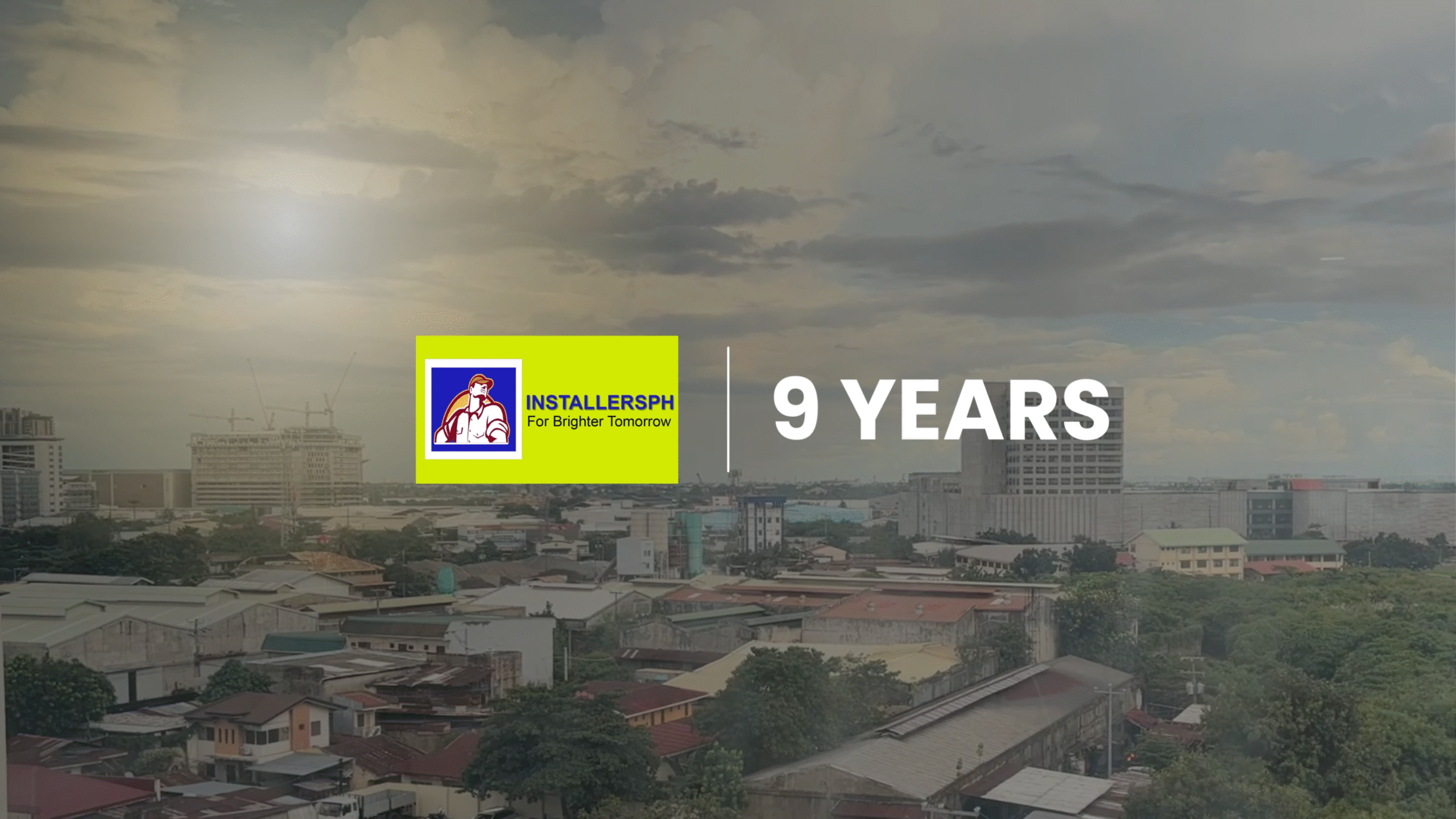InstallersPH IT Solutions 2026 AVP: A Brighter Tomorrow Built on Nine Years of Innovation and Dedication. Introduction. As InstallersPH IT Solutions proudly celebrates its ninth year of service in 2026, the company …
The Influence of Cultural Factors on CCTV Camera Adoption and Usage Patterns.

Introduction
The proliferation of Closed-Circuit Television (CCTV) cameras across the globe is a testament to the increasing importance placed on surveillance for security and monitoring purposes. However, the adoption and usage patterns of CCTV cameras vary significantly across different cultural contexts. Cultural factors play a pivotal role in shaping attitudes towards surveillance, influencing the acceptance, deployment, and utilization of CCTV systems. In this comprehensive article, we delve into the intricate relationship between cultural factors and CCTV camera adoption, exploring how cultural norms, values, and perceptions impact surveillance practices worldwide.
Understanding Cultural Factors
Culture encompasses a broad spectrum of beliefs, norms, values, and practices shared by a particular group of people. Cultural factors exert a profound influence on individuals’ perceptions, behaviors, and decision-making processes, shaping their interactions with technology and institutions. In the context of surveillance, cultural factors play a significant role in determining the level of acceptance, trust, and resistance towards CCTV cameras within a given society.
Cultural Variability in Surveillance Attitudes
1. Collectivism vs. Individualism
Cultural dimensions such as collectivism and individualism influence attitudes towards surveillance. In collectivist societies, where group harmony and social cohesion are prioritized, the acceptance of CCTV cameras may be higher due to the perceived benefits for community safety and security. Conversely, in individualistic cultures that emphasize personal autonomy and privacy rights, there may be greater resistance to pervasive surveillance and intrusion into personal space.
2. High-Context vs. Low-Context Communication
Cultural differences in communication styles, characterized as high-context or low-context, also impact surveillance attitudes. High-context cultures, which rely on implicit cues and shared meanings for communication, may exhibit greater tolerance for surveillance as a means of maintaining social order and harmony. In contrast, low-context cultures, which emphasize explicit communication and individual expression, may view surveillance as a threat to personal freedom and autonomy.
3. Power Distance
The cultural dimension of power distance, which reflects the degree of hierarchical differentiation and acceptance of authority within a society, influences perceptions of surveillance. In societies with high power distance, where authority figures are respected and obedience is valued, the deployment of CCTV cameras may be perceived as necessary for maintaining social order and control. In contrast, societies with low power distance may question the legitimacy of surveillance practices and advocate for greater transparency and accountability.
4. Uncertainty Avoidance
Cultural variability in uncertainty avoidance, which describes the extent to which a society tolerates ambiguity and uncertainty, also shapes attitudes towards surveillance. Cultures with high uncertainty avoidance tend to prioritize stability and predictability, leading to a greater acceptance of surveillance as a means of reducing perceived threats and risks. Conversely, cultures with low uncertainty avoidance may exhibit greater skepticism towards surveillance, viewing it as a form of social control and manipulation.
Impact of Cultural Factors on CCTV Camera Adoption
1. Perceived Threat Perception
Cultural factors influence perceptions of security threats and risks, shaping the perceived need for surveillance. In societies where crime rates are high or where there is a history of political instability, the demand for CCTV cameras may be driven by concerns for personal safety and public order. Conversely, in relatively stable and low-crime environments, the perceived benefits of surveillance may be outweighed by concerns about privacy infringement and civil liberties.
2. Trust in Institutions
Cultural attitudes towards authority and institutions impact trust in surveillance systems and their operators. In cultures where trust in government and law enforcement agencies is high, the deployment of CCTV cameras may be viewed as a legitimate tool for crime prevention and public safety. However, in societies with a history of authoritarianism or corruption, there may be greater skepticism towards surveillance initiatives, with concerns about misuse of power and violation of individual rights.
3. Cultural Norms of Privacy
Cultural norms regarding privacy and personal space influence the acceptance of surveillance practices. In cultures where privacy is highly valued and personal boundaries are rigorously maintained, the intrusion of CCTV cameras into private spaces may be met with resistance and opposition. Conversely, in cultures where communal living and social transparency are the norm, the presence of surveillance may be seen as a natural extension of collective responsibility and social cohesion.
4. Legal and Regulatory Frameworks
Cultural attitudes towards law, governance, and civil liberties shape the development of legal and regulatory frameworks governing surveillance. In democracies with strong traditions of individual rights and freedoms, there may be stringent regulations and oversight mechanisms in place to protect against abuses of surveillance power. In contrast, in authoritarian regimes where civil liberties are restricted, surveillance may be used as a tool for social control and political repression.
Case Studies
1. United States
In the United States, a country known for its emphasis on individual rights and freedoms, the adoption of CCTV cameras has been met with mixed reactions. While surveillance is widely used in public spaces such as airports, shopping malls, and government buildings, there is ongoing debate about the balance between security concerns and privacy rights. Cultural values of autonomy and distrust of government surveillance contribute to resistance towards widespread CCTV deployment in residential areas.
2. China
In China, a country with a high level of government control and social conformity, the adoption of surveillance technology is pervasive and often integrated into everyday life. The government’s extensive use of CCTV cameras for public monitoring, facial recognition, and social credit scoring reflects cultural norms of collectivism and obedience to authority. While some citizens express concerns about privacy violations, the prevailing cultural attitude towards surveillance emphasizes the benefits of security and social stability.
3. European Union
In the European Union, where data protection and privacy rights are enshrined in law, the adoption of CCTV cameras is subject to strict regulations and oversight. Cultural values of individual autonomy and privacy rights shape public discourse around surveillance, leading to debates about the ethical and legal implications of mass surveillance initiatives. While CCTV cameras are commonly used for crime prevention and public safety, there is a strong emphasis on transparency, accountability, and consent in their deployment.
Conclusion
The influence of cultural factors on CCTV camera adoption and usage patterns is undeniable, shaping attitudes, behaviors, and societal norms across diverse cultural contexts. Cultural dimensions such as collectivism vs. individualism, high-context vs. low-context communication, power distance, and uncertainty avoidance play a pivotal role in determining perceptions of surveillance and the acceptance of CCTV systems. By understanding the cultural nuances of surveillance attitudes, policymakers, businesses, and communities can develop more culturally sensitive and contextually appropriate approaches to surveillance governance and technology deployment. Balancing the benefits of surveillance for security and public safety with respect for individual rights and freedoms requires careful consideration of cultural values, ethical principles, and legal frameworks. Through interdisciplinary collaboration and cross-cultural dialogue, we can strive to foster a more inclusive, equitable, and accountable approach to surveillance practices in an increasingly interconnected world.
Related Articles
How to Properly Conduct CCTV Preventive Maintenance Service (PMS). Introduction. CCTV systems play a crucial role in maintaining safety and security within properties, businesses, and institutions. However, even the most advanced surveillance …
Celebrating the Birthday of our Sales Executive, Ms. Diornelyn Subico. Introduction. Today, we take a special moment to celebrate the birthday of our dedicated and well-loved Sales Executive, Ms. Diornelyn Subico. As …


